The Museum of Ukrainian Victory
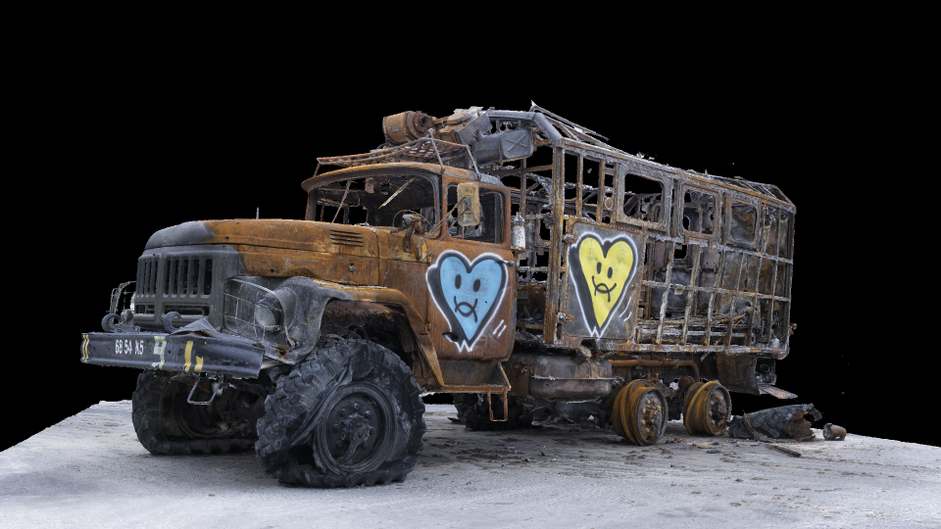
Iana Boitsova is a cultural project manager from Ukraine. With the help of the MakersXchange Ukrainian Artists & Creatives Support Program she has created her new project “Museum of Ukrainian Victory” about the war in her country.
Creating figures made of war
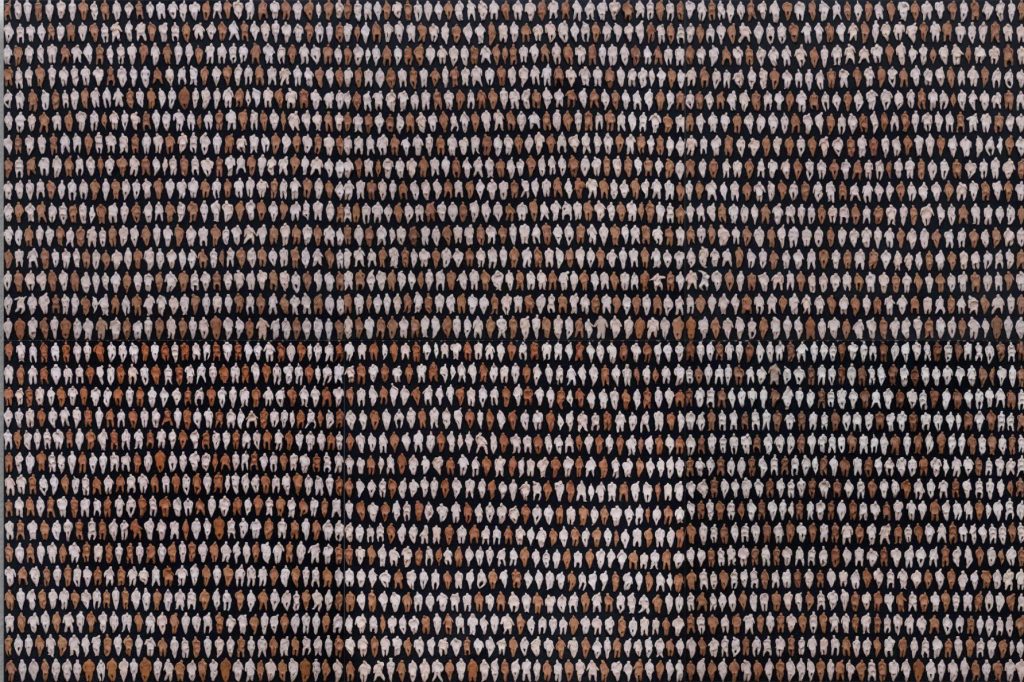
Bogdan Tomashevsky is an artist and sculptor from Ukraine. With the help of the MakersXchange Ukrainian Artists & Creatives Support Program he has been able to create his new sculptural project.
A mapping of Makers’ Molibity Schemes – 2nd iteration
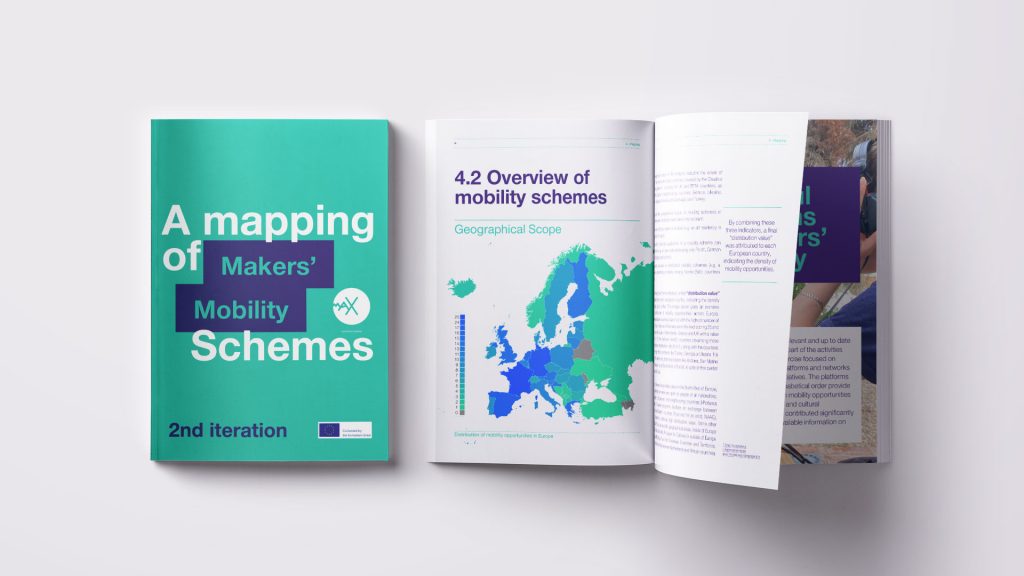
This document is a guide to makers’ mobility, part of the Makers’ eXchange (MAX) project. The goals are to map and explore the existing landscape of mobility schemes for makers in Europe and to offer a set of tools and data that represents a robust guidance and transferable methodology on embedding makers’ mobility schemes for value creation across Europe.
MAXimizing Policies – outcomes from a co-design workshop
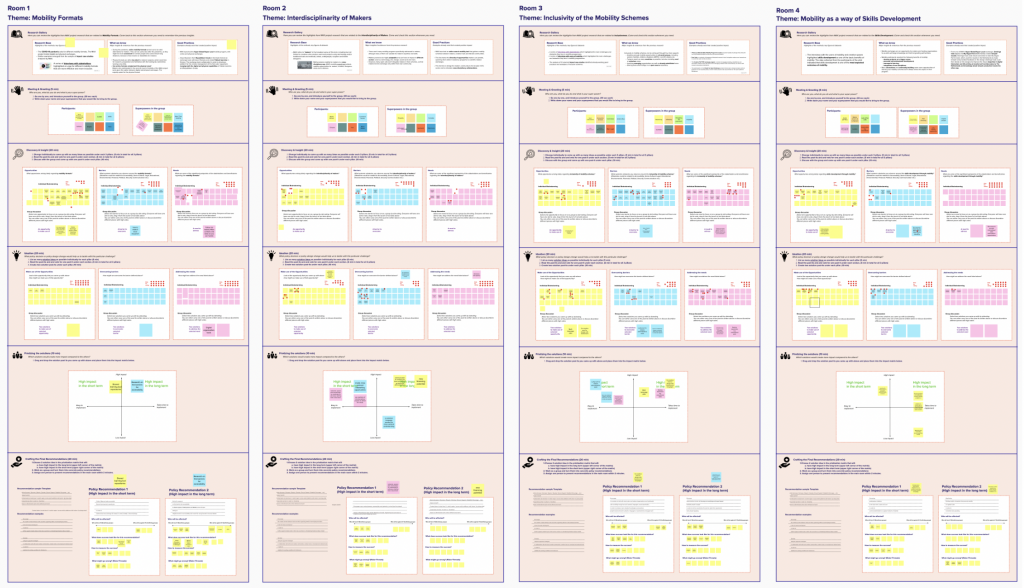
One of the main objectives of the MAX project is to advocate for the integration of makers’ mobility schemes into CCI’s policies and programs. As part of this mission, MAX has facilitated on the 3rd of December 2021 “MAXimizing Policies” – a workshop for makers’ mobility supporters. In this occasion, the project partners (ECHN, FabLab […]
New Publication: Policies and Programmes for Makers’ Mobility Schemes & Impact Case Studies
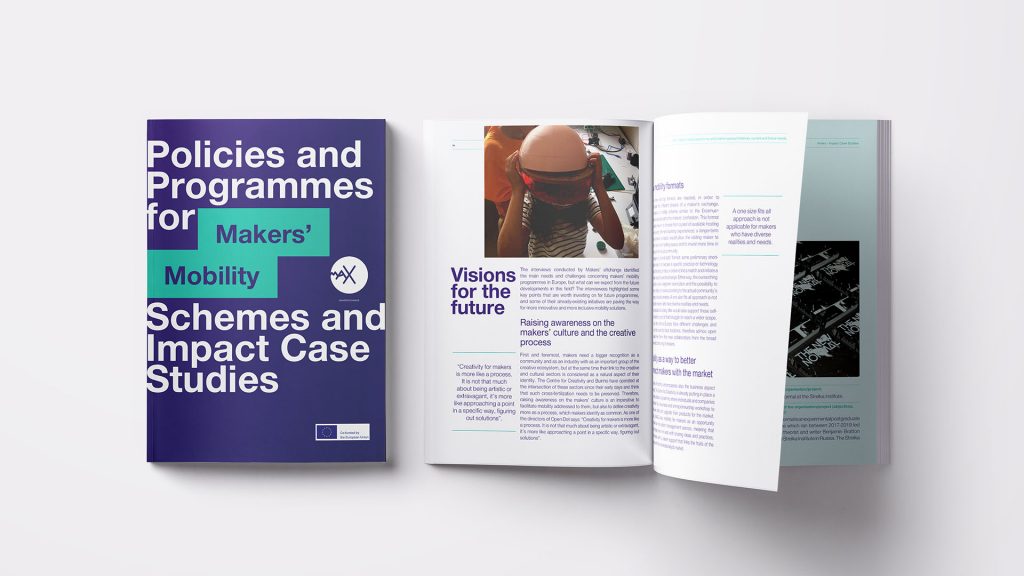
MAX has published its latest deliverable, the “Policies and programmes for Makers’ Mobility Schemes and Impact Case Studies”! In this new publication, you will gain an overview of the current trends of makers’ mobility in Europe. The first part extracts some important insights from a series of interviews with stakeholders, outlining why mobility is so […]
Waag, an interview with Miha Turšič
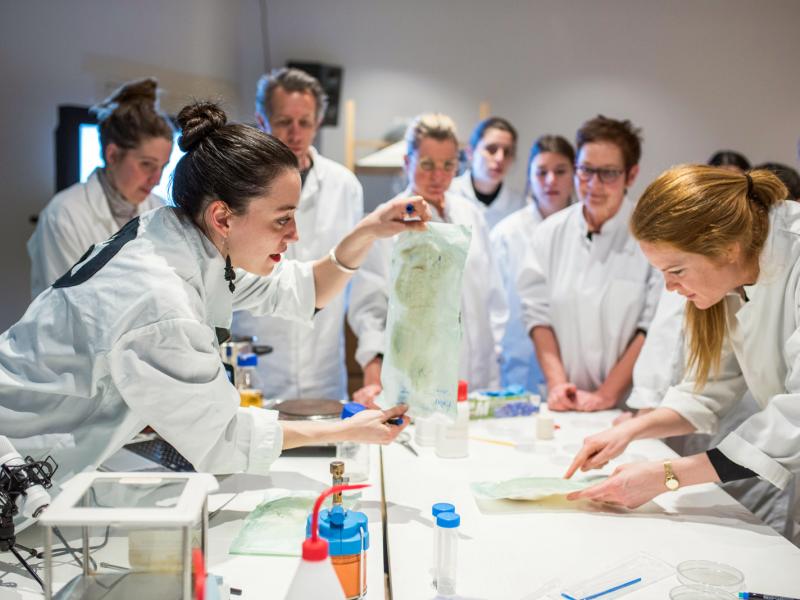
“I would prefer that when somebody is providing a mobility opportunity, they would also provide all the needed conditions and resources for the artists to participate. For example, coming to the place, living there, doing your job, and then moving on. It would be important for makers to have a form of social security to do these activities.”
Buinho, an interview with Carlos Alcobia
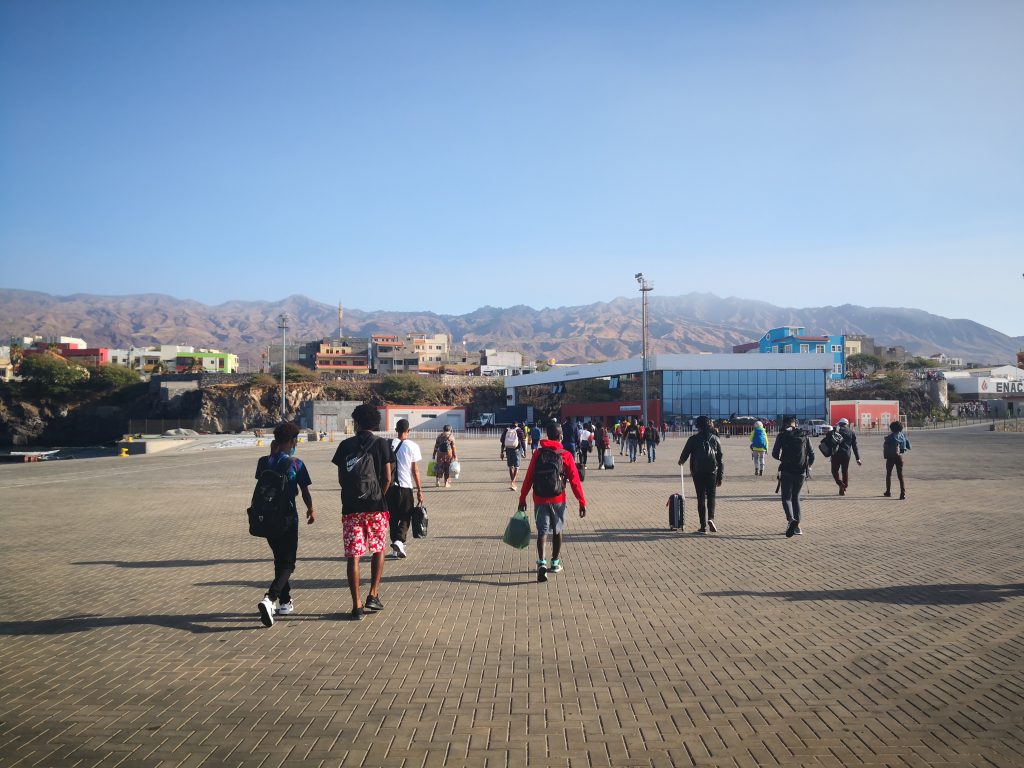
“I can see a big social impact when people come from abroad and try to develop their projects in our space. When I say this, I don’t include only the makers. Residents can be writers for example, or visual artists, or people that want to be embedded somehow in the artist community.”
Digijeunes, an interview with Simone Ferrecchia,
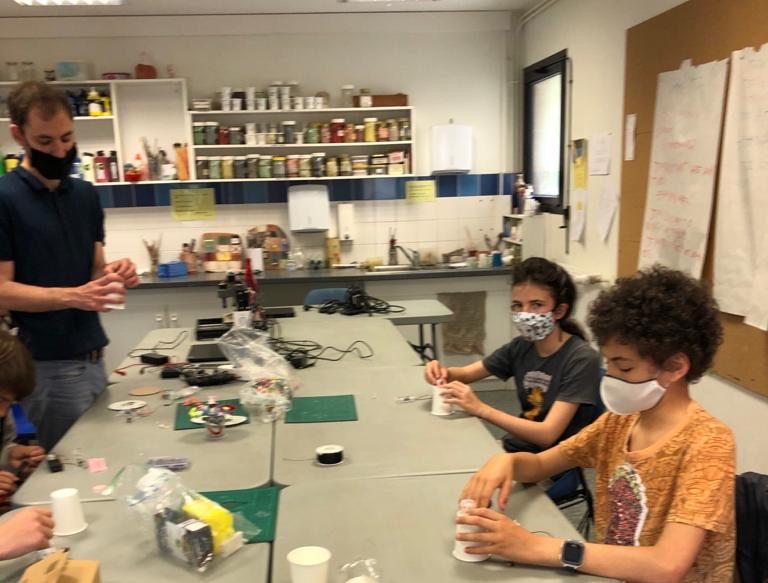
“From the start, when we set up the organization, we engaged with mobility programs. That’s how we learned to do our work, because each time, it was an exchange of experiences and good practices!”
Foreningen Maker, an interview with Malte Hertz Jansen
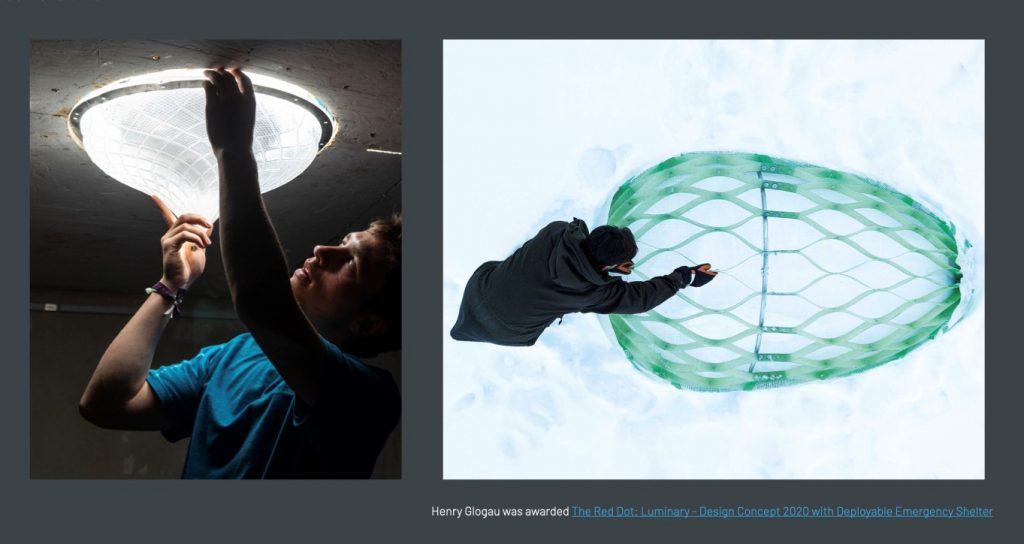
“A lot of things happened in the last 10 years or so, in terms of who we define as a maker or what kind of technologies or machinery they are using. In any case, it’s always nice to see people are using the term maker in the broadest sense.”
SYN Fab Lab, an interview with Olivia Kotsifa

“Makers really need to be open to blend in with the community in order to relate with them and collaborate efficiently, proposing solutions that address actual needs or to get to know their culture and way of working, to achieve good outcomes.”


